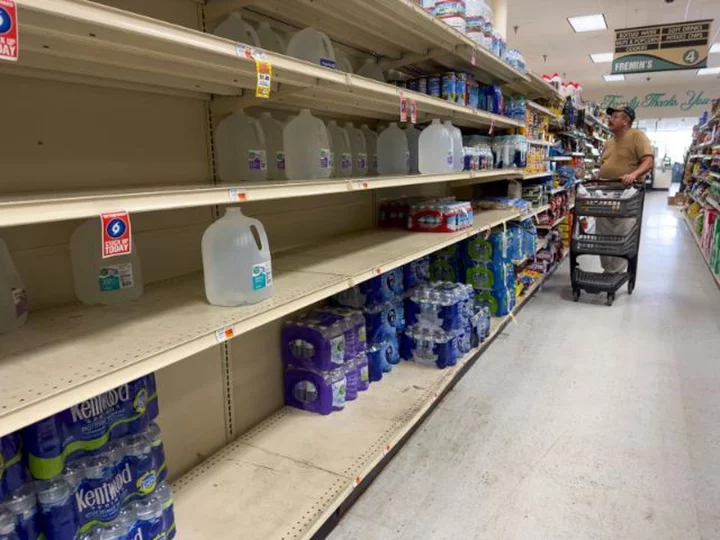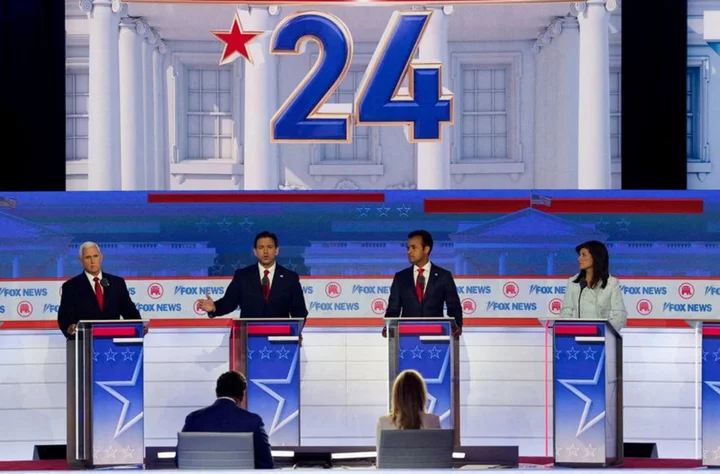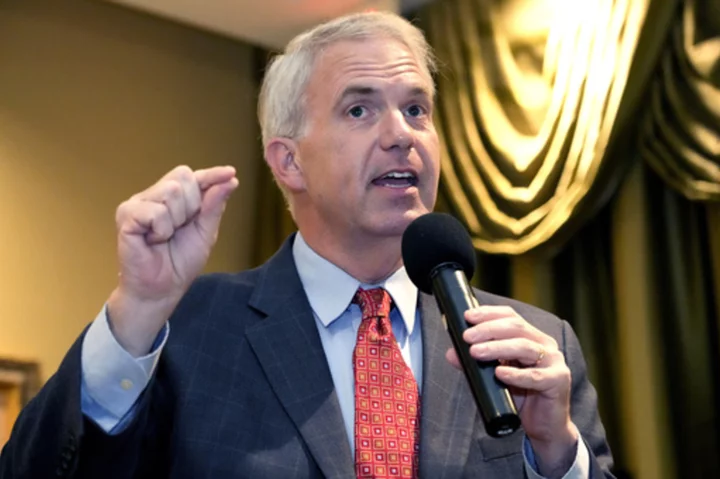The US Army Corps of Engineers is planning to barge 36 million gallons of fresh water daily into the lower Mississippi River near New Orleans as an expected saltwater intrusion from the Gulf of Mexico in October threatens the area's drinking water supply, officials said Friday.
The move comes as water levels are plummeting for the second consecutive year after this summer's blistering heat and low rainfall triggered extreme drought over parts of the central US.
As water levels drop, the threat of saltwater intrusion grows in Louisiana as ocean water pushes north into drinking water systems, unimpeded by the Mississippi's normally mighty flow rate.
New Orleans officials anticipate the city will see the effects of saltwater intrusion in late October, according to a Friday news release from the mayor's office. "Please note that this timeline is subject to change, and the City will keep the public informed as the timeline is updated," the release stated.
The Mississippi River is forecast to reach "historic lows over the next several weeks," Louisiana Gov. John Bel Edwards said during a Friday news conference.
To help mitigate intrusion, the state and the Army Corps of Engineers are working to add 25 feet of height to a 1,500-foot-wide underwater levee in the Mississippi River, which was constructed in July to slow the saltwater's progression, Army Col. Cullen Jones said.
The corps also plans to barge millions of gallons of water daily to local water treatment facilities, Jones said during the news conference.
The corps announced the plan to build the levee last year. It involved dredging sediment from the bottom of the river and pile it up to create what's known as a sill, which acts as a dam for the denser saltwater in the lower levels of the river.
Typically, enough rainfall upstream helps ease drought conditions and keeps the saltwater at bay. However, during the news conference Friday, the governor said officials "don't believe that there is sufficient precipitation in the near term anywhere along the Mississippi River to materially change the conditions for the better."
"Unfortunately, we just haven't had the relief from the dry conditions that we need and so that inclusion is worsening," Edwards said.
State to deliver bottled water in bulk to New Orleans
Jones said it will take approximately 24 days to add to the sill. Once augmented, it will delay saltwater intrusion by 10 to 15 days, he said.
Fifteen million gallons of freshwater is expected to be brought in as soon as next week, Jones said, adding the area will need 36 million gallons per day to help mitigate the problem.
The water will be added to water at treatment centers and create a mixture safe for treatment, Jones added.
The governor also announced plans to deliver bottled water in bulk to the New Orleans area. New Orleans Mayor LaToya Cantrell signed an emergency declaration for the city on Friday due to saltwater intrusion.
The declaration allows city agencies to prepare and respond to any impacts and allows state and federal agencies to deploy resources as needed for a more streamlined process, the city said.
Last week, Plaquemines Parish President W. Keith Hinkley said at a news conference clean water was being distributed to around 2,000 residents who were affected by the saltwater intrusion.
It was not necessary to buy large amounts of bottled water, Edwards said Friday.
"There is not a shortage of bottled water around the state or around the country and our businesses are going to be able to bring in water as it's needed," he said.









